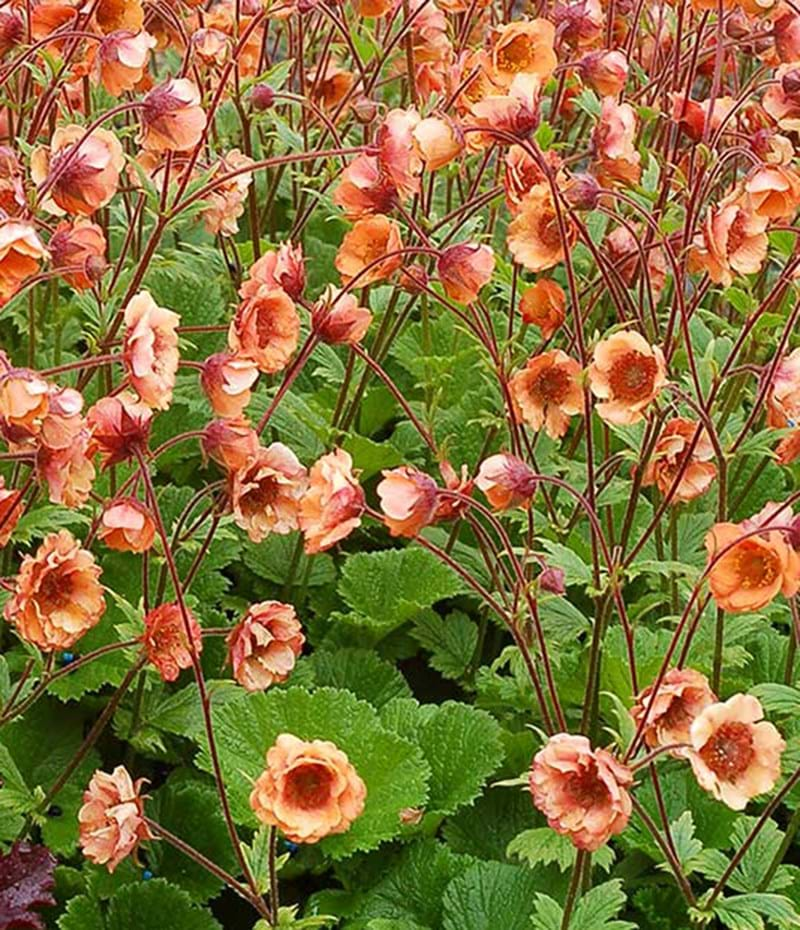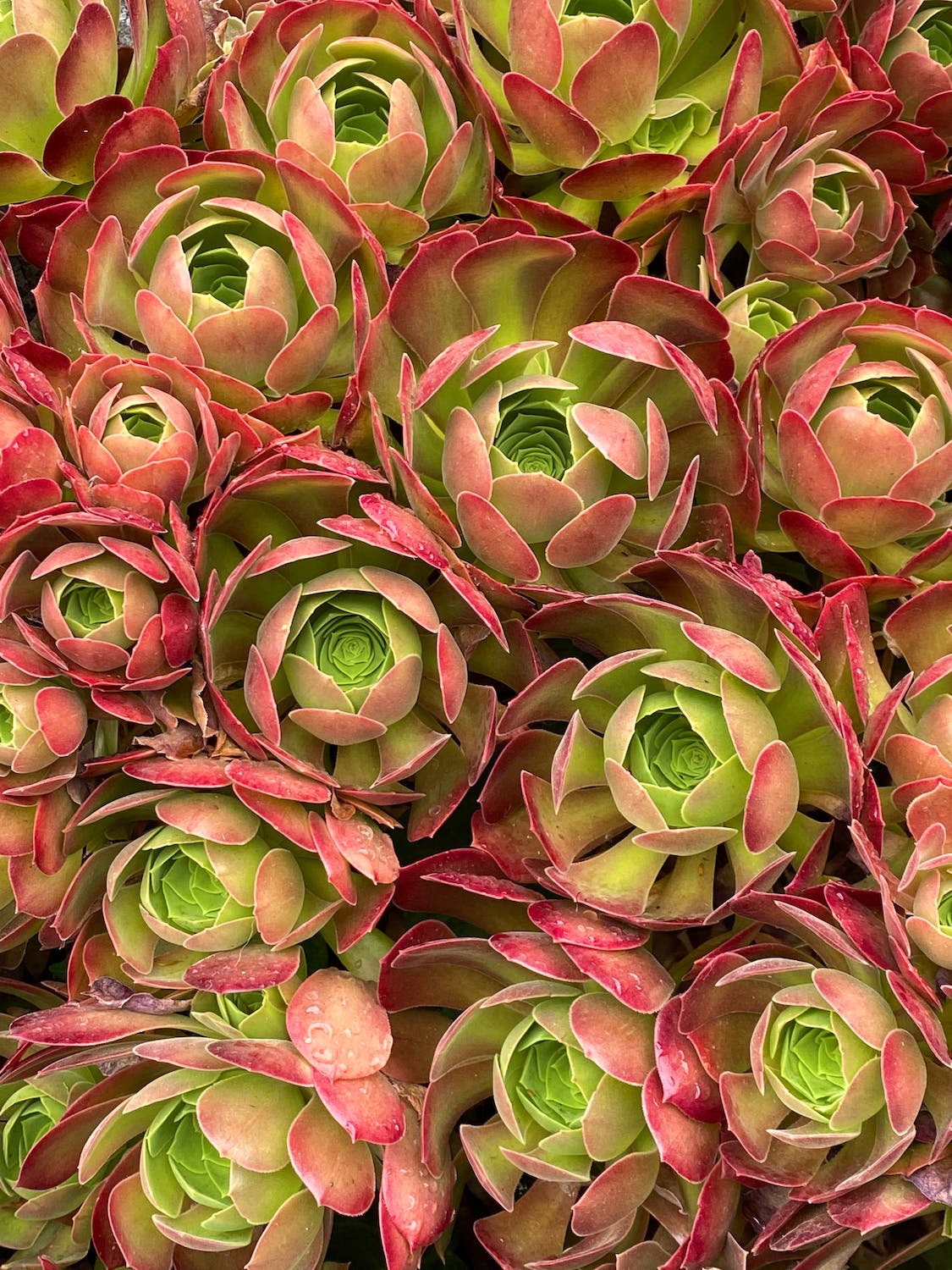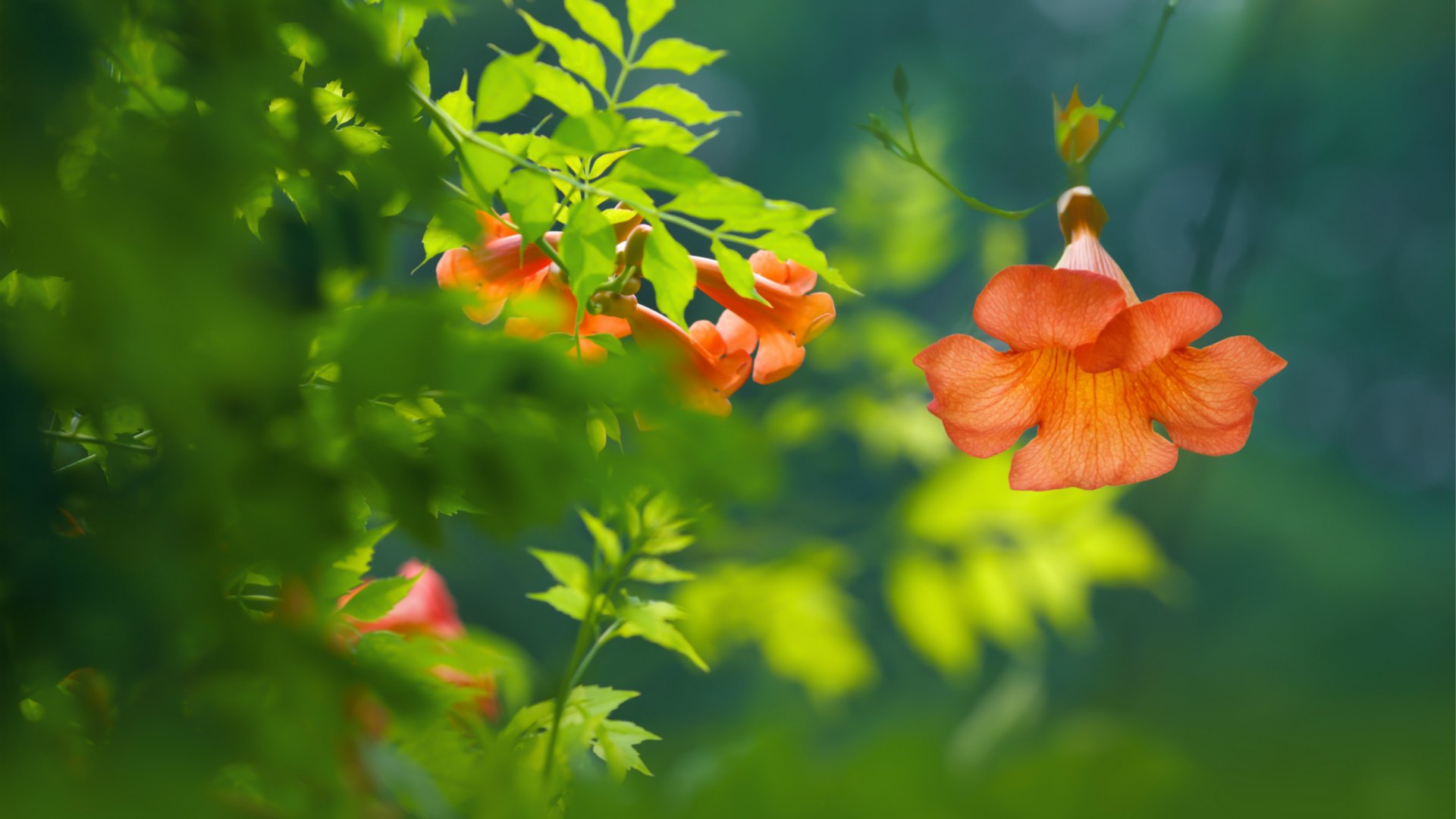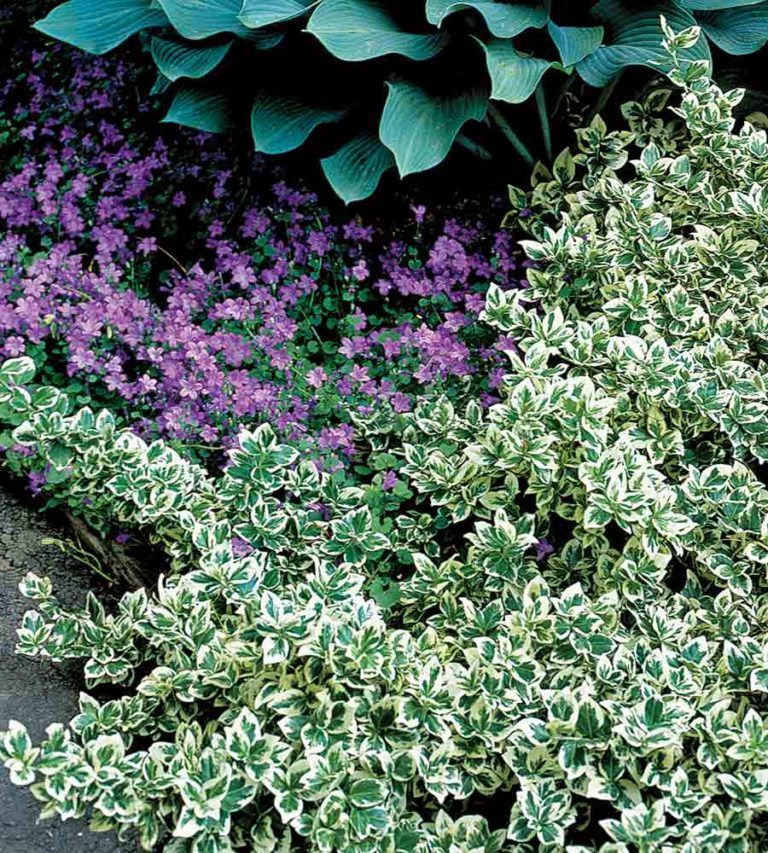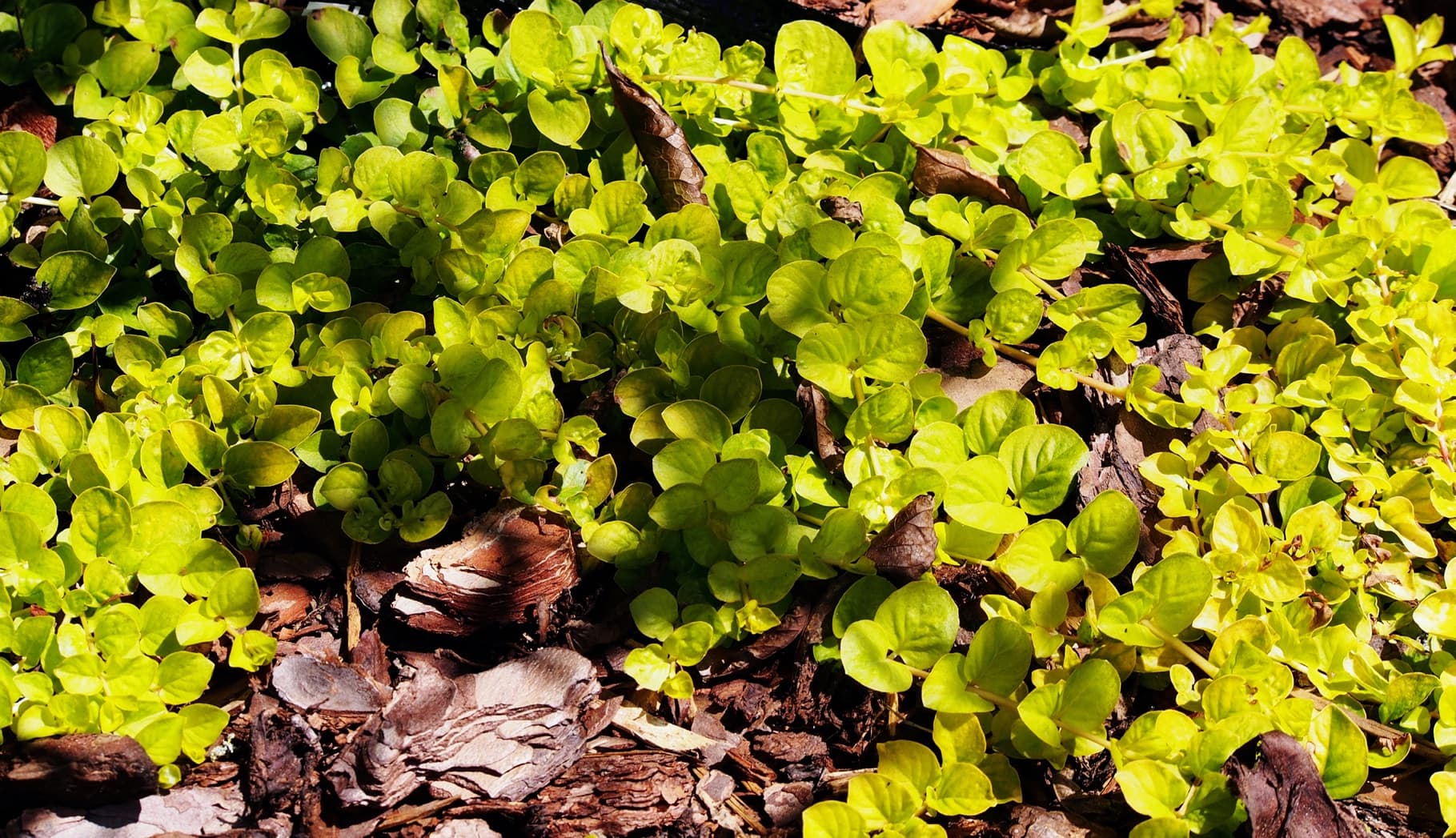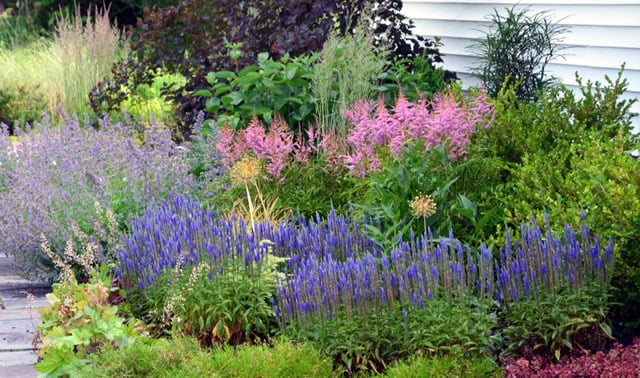The Ultimate Guide to Growing Bay Trees (Laurus Nobilis)
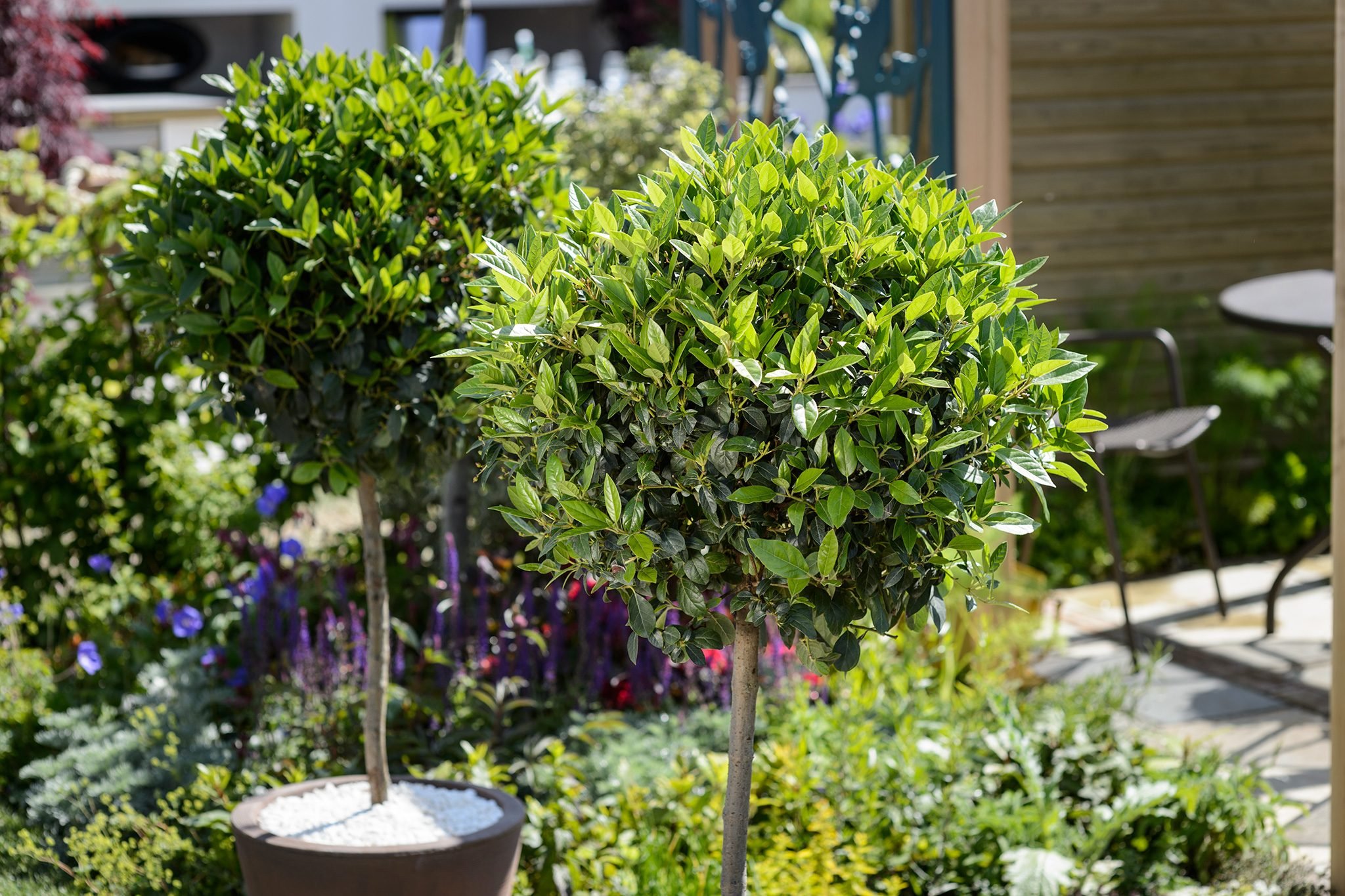
Table of Contents
Are you interested in growing Laurus Nobilis in your garden? Well, that is an excellent option as these plants are not just ornamental but also fresh and appealing. We have an A-Z guide on growing and nurturing Laurus Nobilis – the Mediterranean evergreen shrub.
Laurus Nobilis is also known as the Bay tree or a lollipop tree because of its shape. The leaves of this shrub are very aromatic and stay all green throughout the year. It is why the leaves of this plant are used for various medicinal and culinary purposes. It can be used both dried and fresh. This is one of the oldest plants to be cultivated in British land.
As you plan to grow a bay tree in your space, let us inform you that this shrub grows slowly. In short, it will take years to reach a height of 8 meters and can be grown in a pot or on the lawn.
A Comprehensive Guide On Growing Laurus Nobilis
Laurus Nobilis is a trouble-free plant. It is delicate and needs shelter during the winter period. The blooming time of this plant is summer, during which it flourishes and stands fresh. But before we move ahead to growing bay trees, let us first understand some essential things about this plant.
- Climate: As discussed above, the bay tree needs special care during winter. They can withstand a cold temperature of about -5 degrees Celcius, which could damage or destroy their foliage. Keeping them in the garage or indoors during such low temperatures is advisable. Warm summers are ideal for this shrub since they come from the Mediterranean region. Ensure you keep your plant in full sun or partial shade, as it will help them grow better. Watering them daily is a must!
- Location: A sheltered space is a perfect option to place a Laurus nobilis. Keep it facing the south to receive maximum sunlight and warmth throughout the year. You can even cover this plant with a garden fleece or bubble wrap in the winter season.
- Soil: Bay trees grow more robustly when planted directly in the garden or lawn because they may establish deeper roots. However, if this is the case, you cannot move the plant during winter. Therefore, well-drained soil is necessary for this plant. Use soil with pH values of 6.0 and 7.5.
1. Choosing a Bay Plant
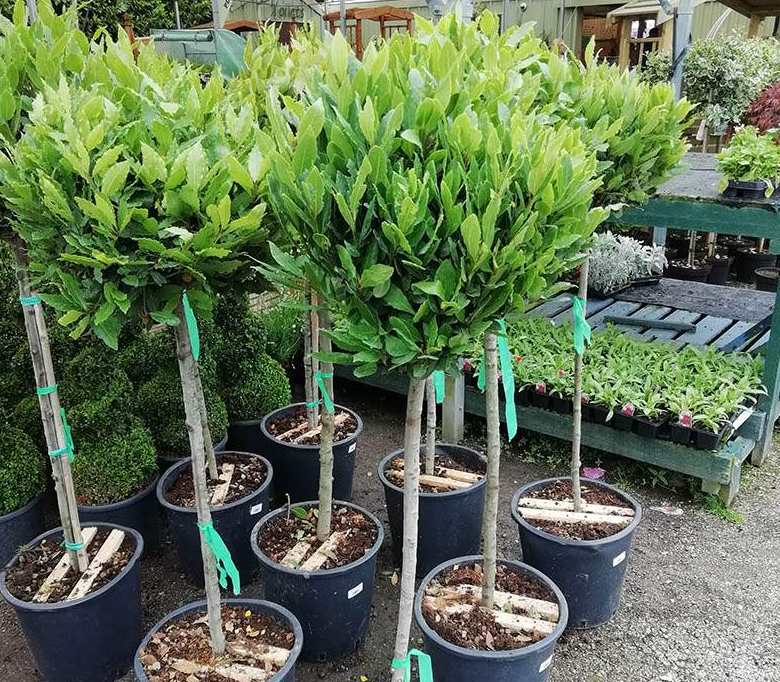
Before you proceed to plant, selecting the best bay plant for your garden is crucial. Quality always matters! In the UK, you will majorly find bay shrubs with pointed and dark green leaves. These are the best ones and are generally preferred.
The other available bay plant has golden leaves, known as Laurus nobilis Aurea. It is a bit dry and might have complications in growing. You may also find Laurus nobilis of narrow edges and long leaves, which is ideal for cooking.
You can find young bay shrubs sold in a standard lollipop shape in any gardening retailer or online store. You can get it trim the way you like – however, that may cost you some more pounds.
2. Cultivating and Planting Bay Tree
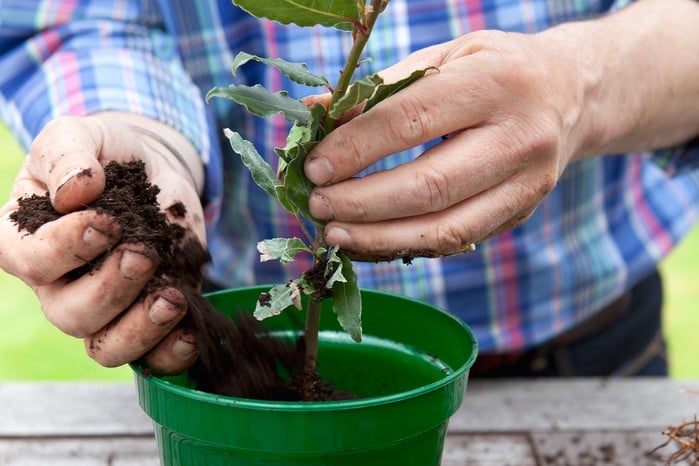
A warm sheltered place is excellent for bay plants. But be careful not to be exposed to strong winds because they are petite and delicate. Choose a spot that receives at least four to five hours of sunlight. Laurus nobilis can grow in containers as well. Make holes at the bottom of a pot or container so water drains quickly.
If planting them on a lawn, improve the soil by digging in compost and grit so the soil is not heavy. Compost and aged manure will work wonders for your bay shrub. After this process, you can place your plant. Adding slow-release fertilizer granules or liquid feed every two weeks can be beneficial. Avoid nitrogen fertilizers as they may enhance growth but spoil the quality and aroma of the plant.
3. Watering Laurus Nobilis

Rainfall would be enough to provide Laurus Nobilis with the required water. However, mild watering in summer is ideal. Avoid letting the compost dry up if you have planted it in a pot or a container. Let the excess water drain away as excessive moisture is problematic to bay shrubs.
Bay shrubs are not drought tolerant, so watering them in summer is essential. A newly planted shrub requires more water in the first few weeks. Therefore, water more than usual until the plant settles. It is necessary to maintain a balance here as too much water can rot the root. Overall, the bay prefers to stay underwater rather than overwatered in the long run.
When to Prune Bay Trees?
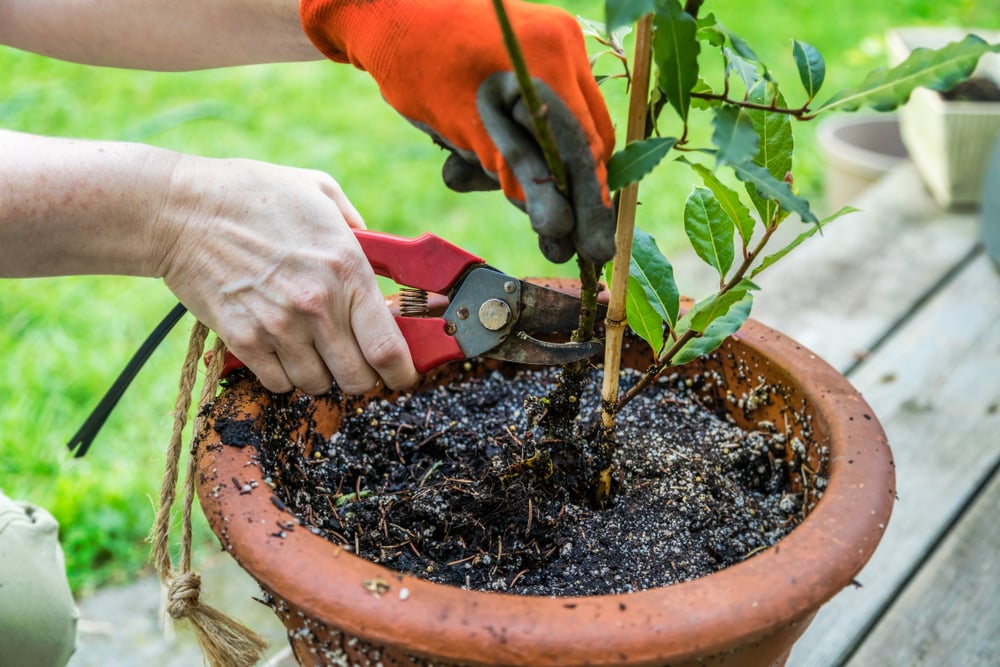
Many people have the query of when to prune a bay tree. The UK has an unpredictable climate; the best time to prune these shrubs would be in summer. Use secateurs as they are sharp and won’t damage your plants. However, springtime pruning is the best method to revitalize ageing plants. For instance, cutting extra-grown stems or twigs once a year can help the plants recover and grow faster.
Pruning also depends on how you are growing Laurus nobilis. Topiary ones are often trimmed to maintain a balanced form and promote thick growth. New shoots should be pruned to a bud that faces the desired growth direction.
On the other hand, shrubs can be pruned to a lower lead or bud. Make sure to lightly prune the leaf tips during winter if your shrub has been affected by cold. In short, remove the affected area.
Propagation of Bay Shrubs
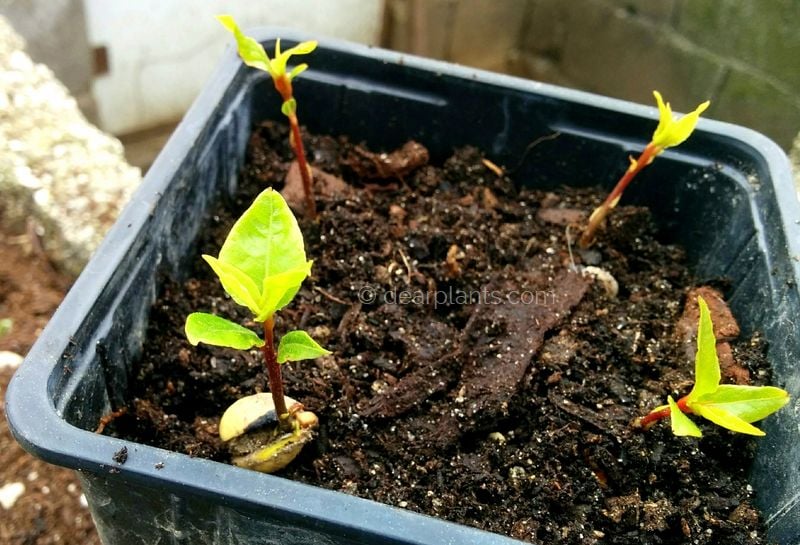
Propagation is a way of reproducing plants. Laurus nobilis are of two types, i.e., male and female. Seeds only form on female specimens. The fleshy outer shell should be removed before sowing. It is suggested to soak dried seeds for at least 24 hours in warm water.
Taking semi-ripe cuts in the late summer is the quickest method of propagating bay. Layering in the spring is another method of propagating bay, albeit it takes more time.
Common Problems In Growing Laurus Nobilis
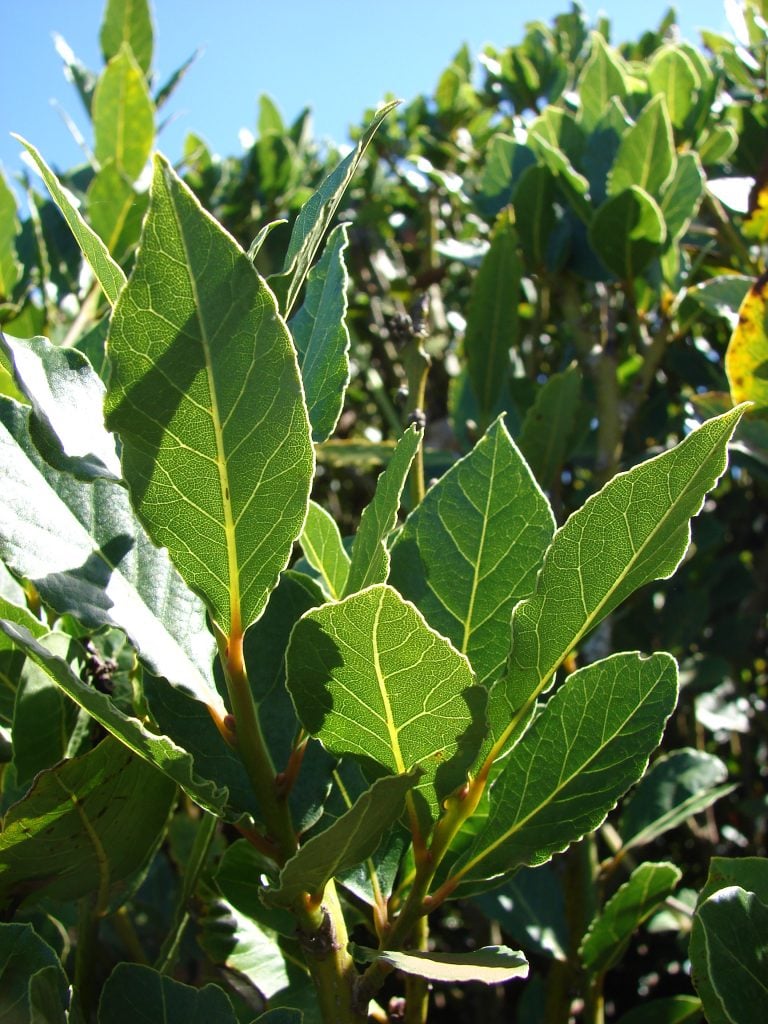
A common problem that every bay shrub undergoes is getting frosted by cold winds. They may turn brown or black, but do not worry; they can be easily plucked or trimmed to encourage new growth. Another problem is that of yellow leaves. These leaves are old and shed away naturally. But if you find more of them in your shrub, reduce the water supply, as yellow leaves indicate waterlogging.
Water logging also causes the lead to become spotty. If you notice this concern, repot your plant and add well-drained compost. Within some days, you will see it rejuvenating like before.
You may also notice the bark of your bay shrub peeling or cracking during harsh winter weather. It is again due to moisture. However, the peeling of bark is the most alarming sign, as the shrub may be fatal soon. Working on the moisture content of the soil is the best way to deal with this problem. Cut away the dead areas until you reach healthy green wood under the bark.
Harvesting Laurus Nobilis
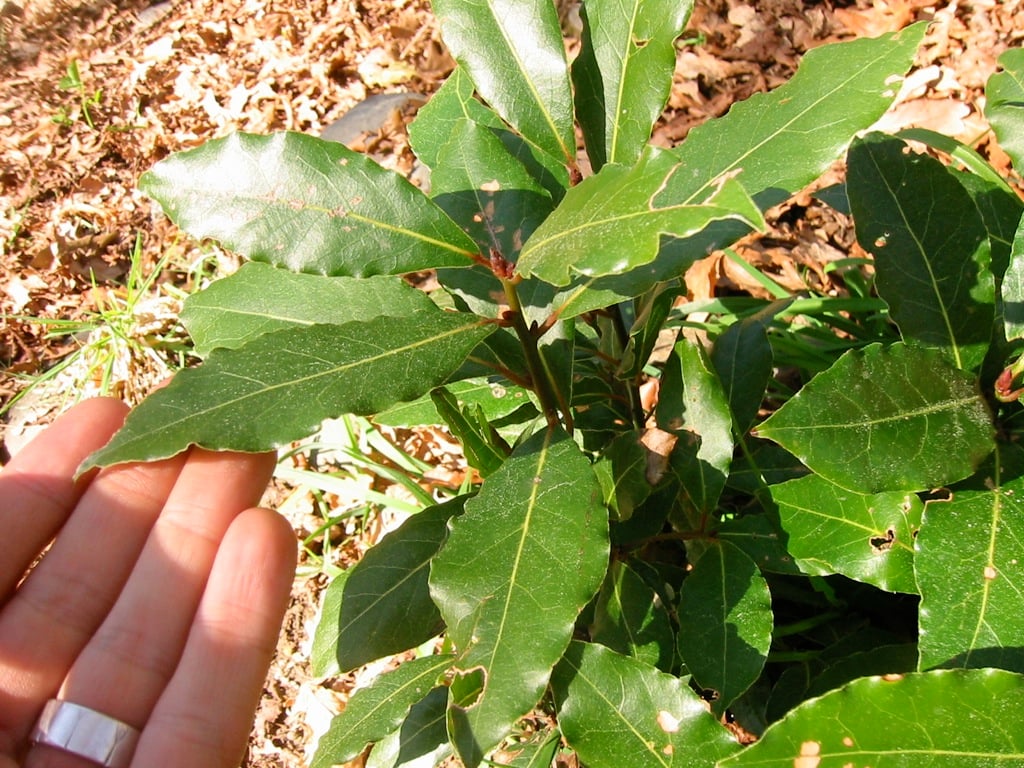
Since the bay tree is evergreen throughout the year, you may pluck its leaves anytime needed. Fresh leaves have a harsher or bitter flavour, whereas dried leaves are soft and have a pleasing aroma. So, depending on your use – you can pluck a leaf.
Bay leaves can also be stored as they come with a long shelf life. Place bay leaves or their bunches in a warm area to dry them, and when it is scorched, keep all the leaves in a container or plastic bag to prevent flavour loss.
Conclusion
Laurus nobilis is an excellent choice if you are looking for a scented plant which is easy to grow and cultivate. If you stay in a warm UK region, you can extend this shrub in a container near your kitchen window.
The most admirable aspect about the bay tree is that it is low in maintenance, is flourishing, appealing and work as ornaments in the garden or lawn. You may trim them every spring or summer for enhanced growth. Remember to watch for diseases and pests on your bay plant. Insects can be controlled with neem oil or insecticidal soap.
Your Laurus nobilis should thrive with adequate attention and care so that you can perfect aromatic leaves.
Frequently Asked Questions (FAQs)
Can Bay Plants Be Grown in Pots?
Of course, bay shrubs can be planted in containers and pots. You can even place one near your kitchen window for that fresh smell of the breeze. Just ensure that the pot you use has many drainage holes, as excessive moisture is not suitable for a bay plant.
When Can I Harvest the Leaves of Laurus Nobilis?
You can harvest bay leaves at any time. However, make sure that you only pluck mature leaves, as they are full of flavour. You can use them fresh or dried, depending on your purpose.
What Kind of Pests Are Likely to Affect Bay Plants?
Aphids, caterpillars, and scale insects may occasionally affect these plants. Hence, regular inspection is a must! If necessary, use appropriate insecticides to keep away these pests.
Can Bay Shrubs Live in Frost?
Ideally not! Bay plants can withstand cold temperatures, but their foliage can damage them. It is suggested to move them indoors during winter as it is a Mediterranean shrub used to heat.

